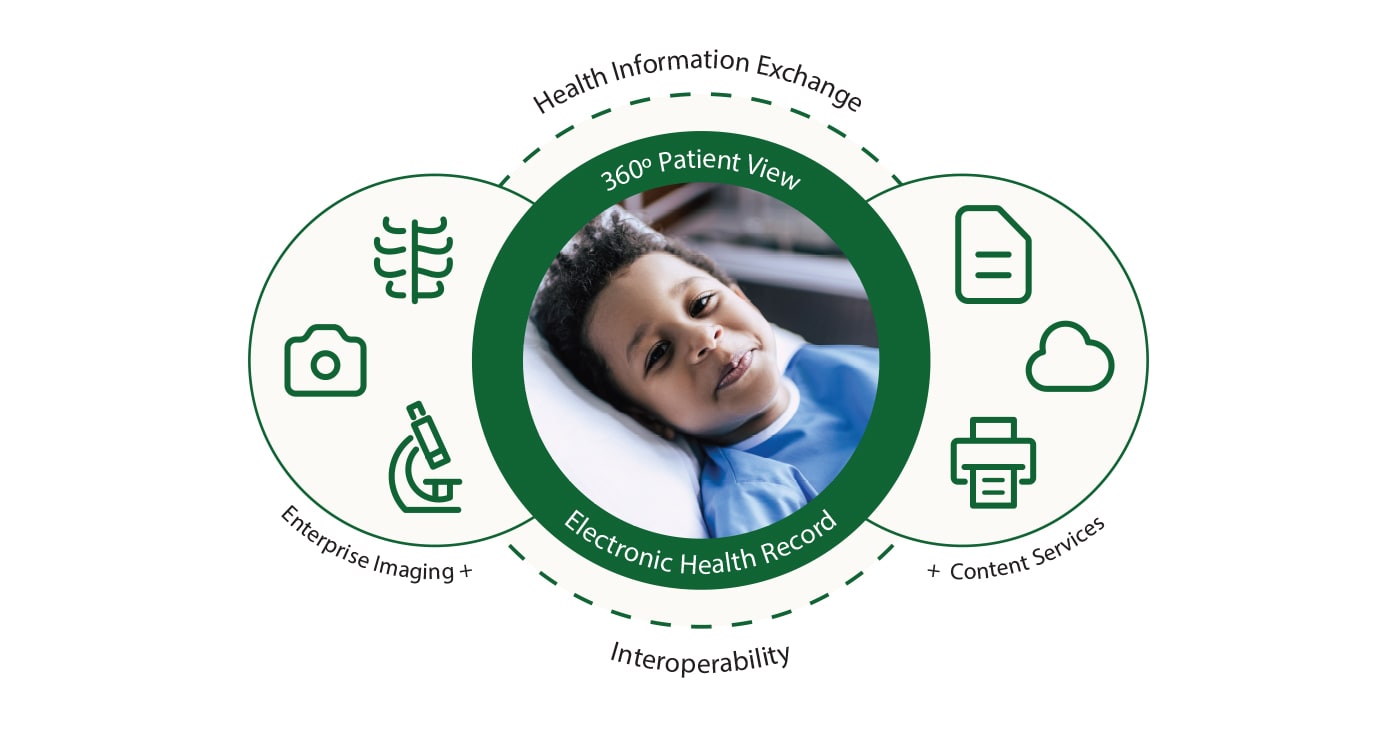Comprehensive Healthcare RCM for Improving Patient Invoicing and Repayments
Comprehensive Healthcare RCM for Improving Patient Invoicing and Repayments
Blog Article
A Comprehensive Guide on Exactly How Healthcare RCM Functions to Streamline Payment and Collections
Navigating the complexities of healthcare income cycle monitoring (RCM) is important for suppliers intending to enhance their invoicing and collections processes. The overview unloads the complexities of RCM, from person enrollment to accounts receivable administration, using understandings right into enhancing each action. Incorporating innovative innovation and standardized treatments can dramatically lower case denials and accelerate repayment cycles. Yet, real obstacle hinges on effortlessly combining these aspects to increase capital. As we discover the core components and techniques that drive performance, one inquiry remains: exactly how can health care entities ideal position themselves to thrive financially in an ever-evolving industry?
Recognizing Profits Cycle Management
RCM is an essential management feature that includes the whole economic process of individual care, from the preliminary appointment establishing to the final settlement of the balance. It is a complicated treatment made to identify, accumulate, and take care of the income from the services provided to people.
The RCM procedure starts when an individual routines a consultation and expands with the individual's treatment trip, including invoicing and collections. A key purpose is to lower the time between offering a solution and obtaining payment, thus boosting the organization's financial health and wellness. RCM involves different functions such as person enrollment, insurance confirmation, cost capture, coding, asserts submission, payment posting, and dealing with charms and rejections.
Trick Parts of RCM
In the realm of Revenue Cycle Management (RCM), understanding its crucial elements is fundamental to achieving financial efficiency within health care organizations. RCM is an extensive procedure that incorporates different stages, each important to making sure reliable invoicing and collections. The primary parts consist of person enrollment, insurance policy verification, fee capture, coding, case entry, repayment uploading, and receivable monitoring.


When coded, claims are submitted to payers, where precision is extremely important to prevent hold-ups or denials - Healthcare RCM. Settlement uploading entails videotaping the gotten repayments, which enables the reconciliation of accounts. Last but not least, receivables management concentrates on monitoring and dealing with unpaid insurance claims, ensuring prompt follow-up and resolution
Each element of RCM is adjoined, and inadequacies in any type of part can interfere with the entire cycle. Consequently, understanding these components is important for health care service providers to maximize profits and improve their financial wellness.
Methods for Effective Payment

Standardizing invoicing treatments throughout the company is an additional vital method. Establishing clear standards for paperwork, coding, and entry aids keep consistency and conformity with regulative demands. Training staff on a regular basis on these procedures makes certain everyone is current with the most up to date adjustments in payment codes and payer plans.
Precise fee capture is necessary in preventing income leakage. Applying normal audits and tracking systems enables for the identification and adjustment of disparities prior to they impact income. In addition, keeping open lines of interaction with payers helps to rapidly settle any type of disputes or misconceptions that may arise.

Lastly, appealing people early in the invoicing procedure by offering clear estimates and instructional products about their financial her response obligations can substantially reduce confusion and improve settlement timeliness. These techniques collectively add to a much more economically healthy and efficient billing system.
Enhancing Collections Procedures
Provided the intricacies of clinical payment and the selection of payer requirements, improving the collections process includes executing strategic measures that make sure timely and accurate payment of services rendered. Automation devices can aid in tracking insurance claim standings, sending out timely suggestions to clients, and taking care of rejections extra efficiently.
Clear and clear person interactions are vital. Supplying in-depth explanations of costs and offering adaptable settlement strategies can increase patient satisfaction and punctual settlements.
Routine audits of the collections procedure need to be carried out to determine locations for enhancement and ensure compliance with policies. By examining data, health care organizations can determine fads, anticipate potential issues, and adapt strategies as necessary (Healthcare RCM). Inevitably, a well-enhanced collections process not only supports monetary wellness but likewise adds to an extra seamless experience for people and personnel alike
Optimizing Income Streams
Building upon the structure of a strong collections procedure, healthcare organizations can additionally boost their monetary stability by purposefully optimizing revenue streams. This includes a multi-faceted strategy, starting with an extensive analysis of existing income resources to identify inadequacies and areas for growth. Utilizing sophisticated information analytics devices enables organizations to acquire insights into payer mix, person demographics, and solution usage patterns, permitting data-driven choices that improve revenue capture.
Carrying out automated billing systems can significantly lower errors and accelerate insurance claims processing, ensuring their website that earnings is accumulated more successfully. Additionally, maximizing payer agreements with normal arrangements can boost reimbursement prices and terms, directly affecting the lower line. Branching out service offerings, such as incorporating telehealth or health care, can also draw in a broader individual base, hence increasing income potential.
One more critical part is boosting individual interaction and contentment, as satisfied clients are most likely to stick to therapy plans and make timely payments. Supplying adaptable settlement choices and transparent payment techniques can boost collections and foster client loyalty. Healthcare RCM. By embracing these strategies, health care organizations can produce a much more resilient economic framework, guaranteeing sustained development and stability in additional hints an ever-changing industry landscape
Verdict
To conclude, medical care Profits Cycle Management (RCM) plays an essential function in optimizing payment and collections processes by incorporating essential parts such as individual registration, insurance policy verification, fee capture, coding, claims entry, and accounts receivable management. By employing innovative innovation, systematizing treatments, and promoting person involvement, healthcare suppliers can significantly reduce claim denials, speed up repayment cycles, and boost capital. This extensive technique to RCM inevitably results in boosted financial efficiency and sustainability for healthcare companies.
The RCM procedure starts when a client schedules a consultation and extends with the client's care trip, consisting of billing and collections.Another essential part is enhancing client involvement and contentment, as pleased individuals are extra likely to adhere to therapy strategies and make prompt repayments. Supplying adaptable settlement options and transparent payment techniques can boost collections and foster individual commitment.In final thought, healthcare Earnings Cycle Management (RCM) plays a crucial duty in enhancing invoicing and collections processes by incorporating essential elements such as patient enrollment, insurance policy confirmation, charge capture, coding, claims submission, and accounts receivable administration. By employing advanced innovation, systematizing procedures, and cultivating person involvement, medical care suppliers can substantially reduce case denials, accelerate repayment cycles, and improve cash money circulation.
Report this page